
Embryo flushing is a means of artificial insemination (AI) used on farms to inseminate cattle and other livestock. Embryo flushing is different from traditional AI in that it involves a donor cow, a bull and a recipient cow, rather than only a recipient cow and bull as in AI. Prof Tom Troxel, head of the department of animal science at the University of Arkansas in the US, explains that embryo transfer is the process of removing one or more embryos from the reproductive tract of a donor female and transferring them to one or more recipient female animals.
“Embryos also can be produced in the laboratory via techniques such as in vitro fertilisation or somatic cell cloning.
“But the actual transfer of an embryo is only one step in a series of processes that may include some or all of the following: superovulation and insemination of donors, collection of embryos, isolation, evaluation and short-term storage of embryos, micromanipulatio and genetic testing of embryos, freezing of embryos and embryo transfer,” Troxel says.
He explains that embryo transfer in cattle has become considerably popular with dairy and beef producers over the past decade. “Most of the applicable embryo transfer technology was developed in the 1970s and 1980s, [but] the history of the concept goes back much further.”
According to Troxel, Walter Heape was the first to perform an embryo transfer in 1890, when he transferred the embryos of two Angora rabbits into a gestating Belgian rabbit.
“The Belgian doe produced a mixed litter of Belgian and Angora bunnies,” he says.
This story is from the September 22, 2023 edition of Farmer's Weekly.
Start your 7-day Magzter GOLD free trial to access thousands of curated premium stories, and 8,500+ magazines and newspapers.
Already a subscriber ? Sign In
This story is from the September 22, 2023 edition of Farmer's Weekly.
Start your 7-day Magzter GOLD free trial to access thousands of curated premium stories, and 8,500+ magazines and newspapers.
Already a subscriber? Sign In
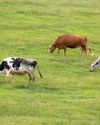
Africa goes from net carbon sink to source
New research shows Africa's impact on greenhouse gases and the need to focus on climate-smart agriculture
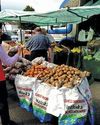
Ireland potato farmers unable to complete planting
Irish potato farmers have reported a delay in harvest and said that the UK might have to prepare for shortages of the produce. The shortfall is due to extreme wet weather during their planting season.
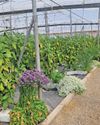
Zero-residue fresh produce a reality
Retail giants are calling for caution when using biologicals and chemical pesticides,
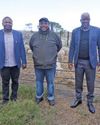
Big boost for mohair producers in Eastern Cape
A collaboration between the Eastern Cape Development Corporation (ECDC) and the Mohair Empowerment Trust (MET) has resulted in a R1,4 million injection into four emerging Angora goat farming operations in the Eastern Cape.
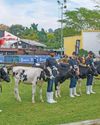
KZN Youth Show at Roval Agricultural Exhibition
The KZN Youth Show will run from Friday, 24 May to Sunday, 26 May at the Royal Showgrounds in Pietermaritzburg.
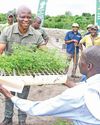
Hemp permits and irrigation system handed over
In an effort to fast-track the entry of rural farmers into the cannabis and hemp industries, KwaZuluNatal Minister for Agriculture and Rural Development, Super Zuma, visited the Shukasibheme Project in Mbazwana, a co-operative in Mseleni, uMhlabuyalingana in the Umkhanyakude District, to hand over cannabis and hemp permits as well as a borehole and irrigation system.

Meet some of the heroes behind avitourism destinations
Exploring what the Garden Route offers birdwatchers, Brian Berkman discovers some special people who run hospitable places to meet and see a variety of species.
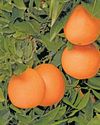
What the Citrus Academy offers aspiring producers
Cobus du Plessis takes a look at the Citrus Growers' Association of Southern Africa's Citrus Academy and how it is helping to develop aspiring farmers in the sector.
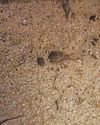
Natural-born killers of the insect world
The Myrmeleontidae family of lacewings from the Neuroptera order of insects consists of about 2 000 species of which 125 are found in South Africa.
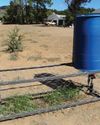
Seeder kick-starts vegetation in challenging environments
Dr George Craven of Noorspoort, Steytlerville, in the south-eastern Karoo, is successfully using a home-built 'bedstead seeder' to re-establish veld plants in an arid area, writes Roelof Bezuidenhout.